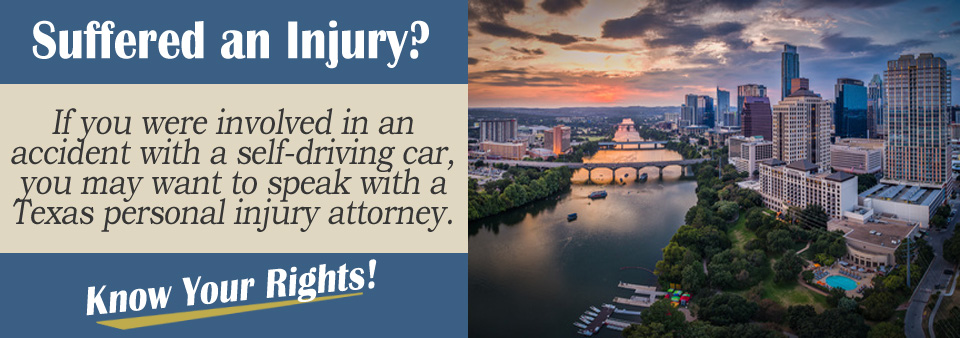Self-driving cars are now on the roads in many states. Because these vehicles operate in a different manner and an individual is not responsible for the vehicle’s actions, the personal injury claim landscape is also changing. After all, you would not be alleging a driver was negligent or made the error.
Instead, you are alleging that an electronically operated vehicle did not function as it should. If you have been involved in an accident like this, you should consult with a Texas personal injury lawyer.
As the name implies, self-driving vehicles can sense the environment around them and are designed to safely navigate through their surroundings.
How Negligence Comes into Play
A successful personal injury claim must show negligence on part of the other party. The four elements of negligence must also be shown. This means you must show that there was a duty or responsibility of the other party to act in a specific manner to protect others from harm, that that duty was breached, that the breach is what caused the accident, and that the accident is what resulted in the damages that you suffered in the end.
As an example, you would need to show that the self-driving vehicle malfunctioned or did not act properly resulting in the crash. As an example, the car failed to obey a traffic signal or cut over into your lane of traffic and hit your vehicle.
Texas uses a modified comparative fault rule. This means to receive compensation for your damages, you cannot be more than 51% at fault for the accident.

Texas Accident and Insurance Laws
In Texas, drivers must maintain auto insurance coverage. Specific minimum coverage amounts are required. To meet the state’s financial responsibility laws, you must maintain coverage that offers $30,000 for each injured person up to a total of $60,000 per accident.
You must maintain $25,000 property damage coverage. This specific coverage is called 30/60/25. If you are pulled over and don’t have car insurance, your first time fine is a minimum of $175 and up to a maximum $350.
You will also face an additional surcharge of $250 per year for the next three years for your driver’s license. When you get car insurance, you will also face higher rates because you were caught driving without it.
The comparative fault rule means that if you are 51% at fault for the accident and the other vehicle is 49% at fault, you can recover up to 49% of your damages. However, if you are 52% at fault, you cannot get compensated for your losses.
As an example, if your damages were $100,000 and the other party is 60% at fault, you can recover up to $60,000 from them for your damages. You will, however, must show your damages and prove that those damages resulted from a car accident where the other vehicle or driver acted negligently.
Speak With A Texas Personal Injury Attorney
If you have been involved in an accident with a self-driving vehicle in Texas, you should consult with a personal injury attorney. Working on a contingency basis, your lawyer will not be paid until you get a judgment or settlement for your damages.
Complete the Free Case Evaluation Form today to get your case reviewed and to get your claim on track.